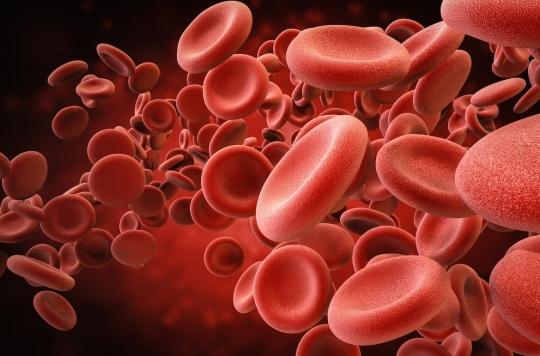Australian researchers have filmed the death of a white blood cell for the first time. They then discovered that these cells do not die randomly.

For the first time, researchers have fully filmed the death of a white blood cell. And contrary to what scientists thought, these cells program their death.
Revealed in the prestigious magazine Nature Communications by the University of La Trobe in Melbourne (Australia), this discovery was made possible thanks to a time-lapse microscope, a tool capable of taking hundreds of photos per second. The phenomenon could therefore be filmed in its entirety.
Source: La Trobe University, Melbourne, Australia
Pearl necklace
In this video, we can thus observe a monocyte, one of the largest cells in the blood with a very important role in the immune system, deliberately go into apoptosis. And this cell seems to adopt a particular mechanism for its self-destruction.
“Much like the fighter pilots who are ejected from their planes, we found that some molecules are expelled from the dying cell while others remain in its groove in small fragments of cells”, explains Ivan Poon, co -author of this study.

Source: A novel mechanism of generating extracellular vesicles during apoptosis via a beads-on-a-string membrane structure, Nature Communications (doi: 10.1038 / ncomms8439)
Spread of infections
Small fragments, resembling a string of pearls (see the video), “which are easily ingested by neighboring immune cells,” adds Georgia Atkin-Smith, co-responsible for this work. We believe that these pieces of cells contain molecules that can alert other cells to possible infection ”. These fragments could also prove to be a means of transport for the viruses allowing them to infect the organism, underline the authors.
In addition, Australian researchers have also discovered drugs capable of triggering this phenomenon. “So when we know more, we may be able to limit or increase it,” adds Ivan Poon.
.
















-1604421257.jpg)